Following the crowd is boring, even in the garden. Most landscapes have at least one, possibly two things in common. If there’s shade there’s hosta and if there’s sun there’s daylily. Both plants are tough as nails, come in a plethora of colors and, perhaps most importantly in our busy lives, are low maintenance. But why be limited by monotony?
We spoke with area experts to come up with some unique alternatives that’ll pop your landscape and have your neighbors swooning.
Allium
The National Garden Bureau (NGB) has declared 2016 the year of the allium. These upside-down exclamation points suddenly appear in early spring, sending up bright green tubular shoots topped with spheres of tiny florets. Some look downright alien and the deer hate them on account of their oniony disposition. Allium is a great alternative to the tulip, a deer delicacy.
“You have to remember to plant them in the fall,” says Diane Blazek, executive director of the National Garden Bureau. “You don’t think about them all winter until you see them in the spring.”
Swiss Chard and Lettuces
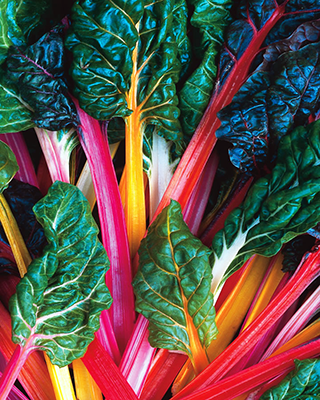
The dazzling red, pink, yellow and orange stems of Neon Lights and Bright Lights Swiss chard are stealing the show. Even better, they’re edible. Why not make them the thriller part of the thriller, spiller, filler equation in a spring container? Surround them with curly lettuces, pansies and alyssum and you have an eye-catching — and edible — spring display, according to Diana Stoll, garden center manager at the Planter’s Palette in Winfield. Simply change out the surrounding plants from season to season. Swiss chard will continue to grow and give a tropical appearance.
Blazek says lettuce also makes a great alternative to alyssum for edging a bed.
Green Ball Dianthus
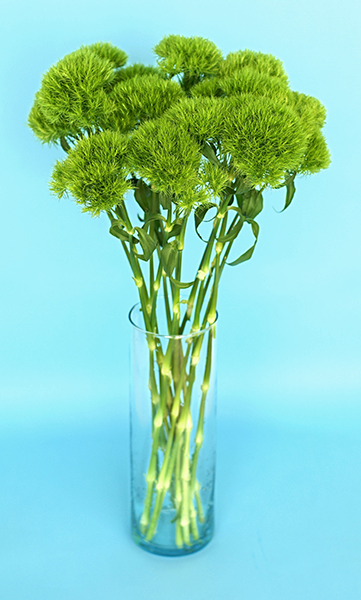
Three-inch fuzzy green flowers are the hallmark of this limey green gem. Add them to a container garden or hanging basket of traditional petunias and you’ve just created a conversation piece.
“Have fun with this cool plant,” says Liz Holmberg, owner of Lizzie’s Garden in Naperville. “It adds that little touch of fun and whimsy.”
SunPatiens
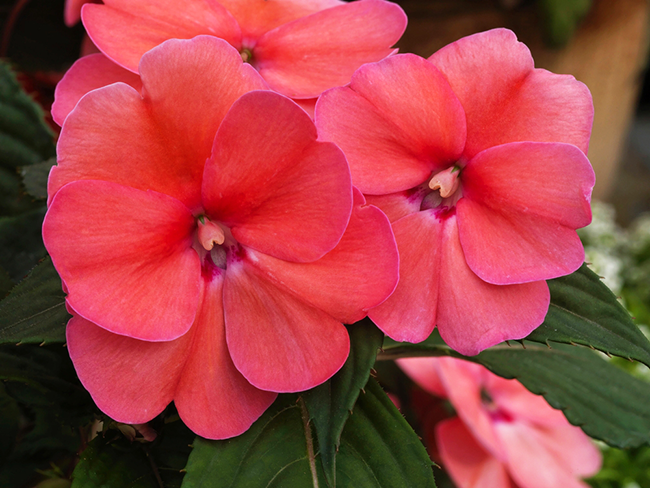
If the downy mildew infection running rampant in impatiens rootstock has you bummed, cheer up. SunPatiens is an excellent substitute, says Holmberg. Unlike its shade-loving cousin, SunPatiens thrives in heat and humidity, provided it is given enough water, can take full sun to part shade and flowers continuously. The only tough part will be picking a color, as the selection is plentiful.
“I always suggest gardeners pick their favorite nail color,” says Holmberg.
Heuchera
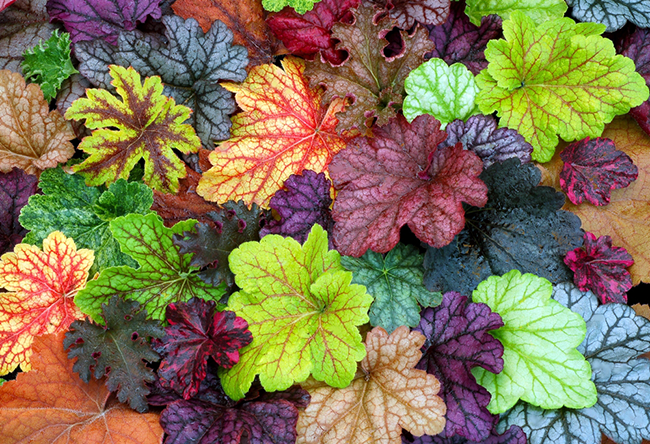
Flowers get all the glory, but their beauty can be fleeting once blooms flag. Perennials like heuchera, despite insignificant flowers, have jewel-toned foliage that lends itself well to the front of the perennial border or as a filler in containers.
Succulents
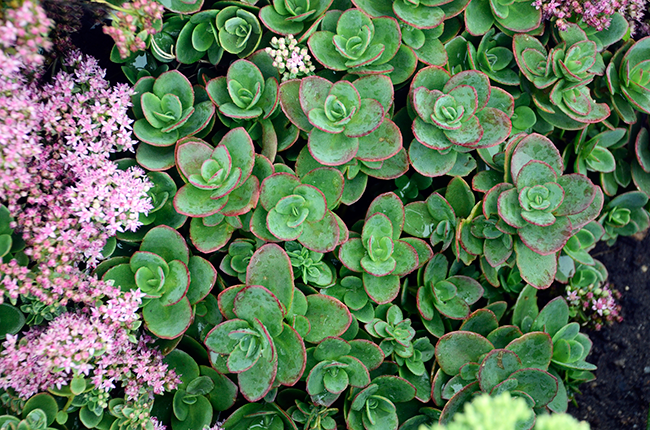
What’s not to love about a plant family that requires little care, sports incredible, sometimes threatening, textures and lends a sculptural look to the garden or container? Just be sure to check hardiness if you’re looking for something that will overwinter in our Zone 5 climate. Sedum and sempervivum tend to be the hardiest.
Holmberg says Sedum ‘Lime Zinger’ is a tough yet beautiful groundcover donning chartreuse leaves kissed with cherry-red edges.
Graceful Grasses
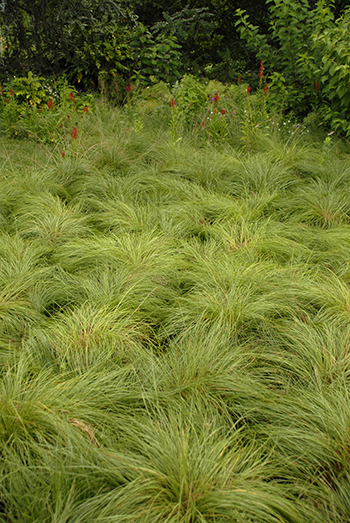
Add a touch of movement to a garden bed or container by planting ornamental grasses. Sporobolus heterolepis (prairie dropseed) is one of our native grasses that lends an elegant touch to beds. The finely textured, low-growing foliage turns a lovely bronze in the fall. Flowers emit the scent of hot buttered popcorn.
Grasses are a great way to mask the declining foliage of spring bulbs whose leaves must remain until they’ve turned completely yellow.
Oakleaf Hydrangea
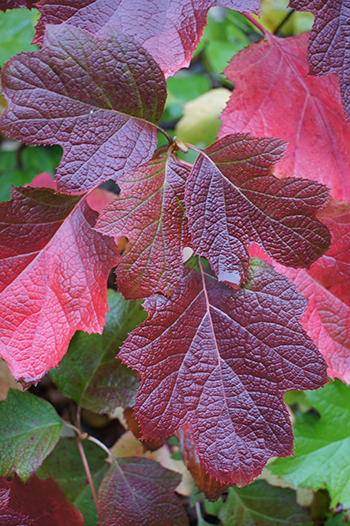
As the name implies, the leaves resemble those of an oak tree. Its flowers, while beautiful during the growing season, also add winter interest, and fall foliage is absolutely stunning as it transitions to deep, glossy shades of red. Its tough constitution, multi-season appeal and ability to withstand part-shade situations makes this a great alternative to the traditional mophead hydrangea. Height varies from three to eight feet depending on cultivar.
“People don’t think about foliage enough,” says Stoll. “Flowers are in and out of bloom but foliage is forever.”
More from Make It Better:

